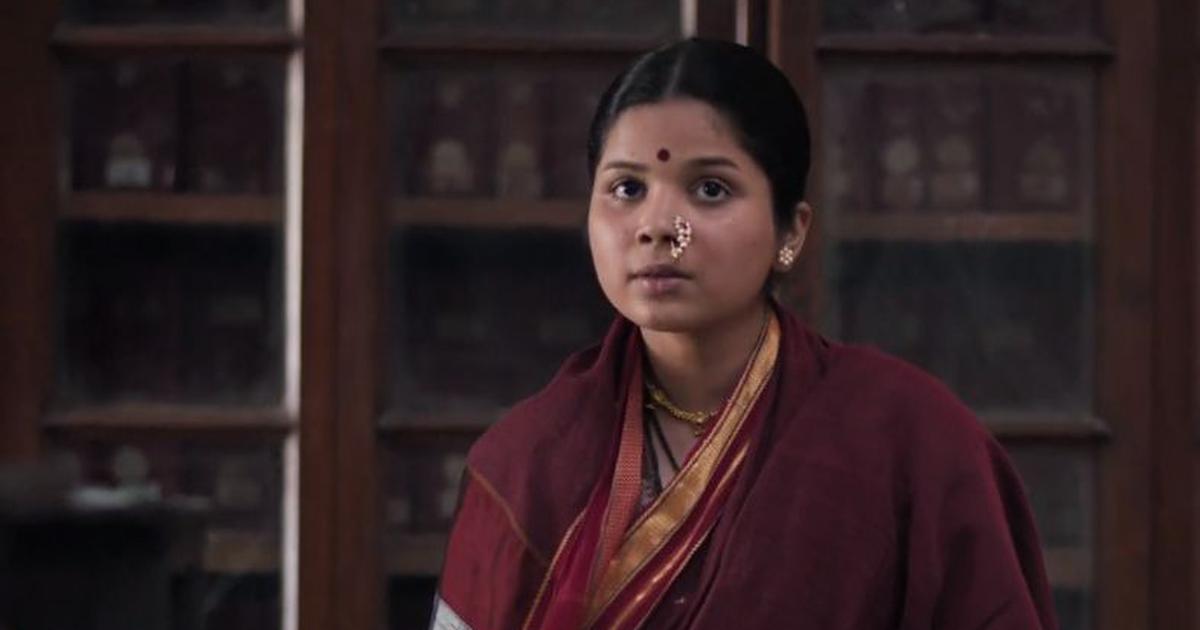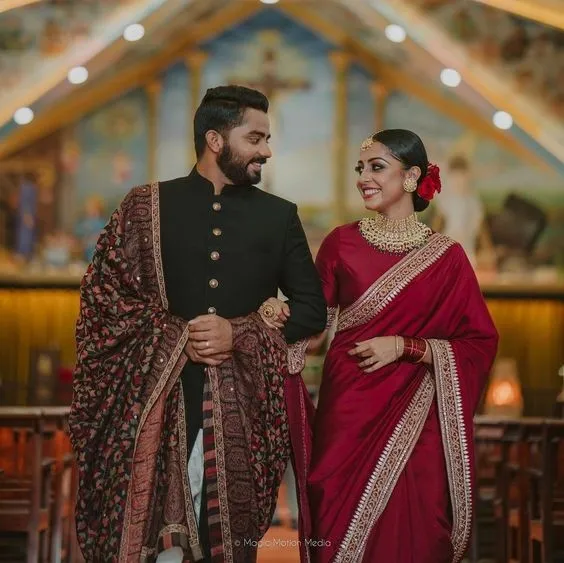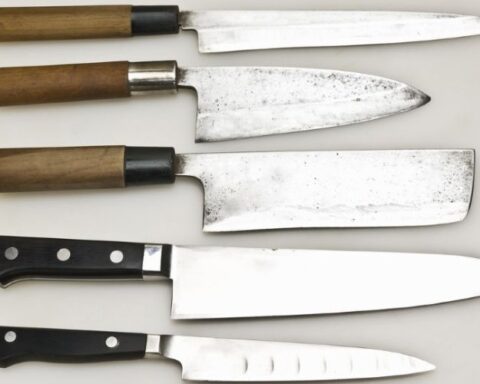Education has always been the transformative force that has shaken the centuries-old rusted foundation of superstitions and preconceived notions in Indian society. Over the years, education has fostered not only economic growth but also commenced intellectual liberation of society from the shackles of narrow-mindedness and orthodox patriarchal sentiment. However, one of the major signs of progress, which was triggered by education in Indian society was the emancipation of women. Their journey from just being an ornamentation to the household, essential for the accomplishment of household chores, to confident, smart, and working personnel with multiple professional flourishments to their credit, deserves countless accolades. It has only been possible due to the relentless efforts of the pioneers of women’s rights and education in Indian society like Raja Ram Mohan Roy who helped the women shatter the glass ceilings of socio-cultural norms and prioritised the need for formal education over their domestic roles. At the same time, it also cannot be denied that this journey has not been a bed of roses for the women as well, as negative criticism, stigma, and socioeconomic adversities continued to compel them to turn their back on their pursuit. However, the brave ladies of India, instead of cowering down, looked the challenges in the eye and decided to fight back. Amongst these fighter ladies, the name Anandibai Joshi makes it to the top-most position.
Anandibai Joshi was the first female doctor in Western medicine both from Maharashtra and from India to have completed her higher studies abroad. Born as Yamuna Joshi in a Marathi Chitpavan Brahman family on 31st March 1865, Anandibai Joshi was married at the tender age of 9 to Gopal Rao Joshi who was not only 20 years older than her, but also a widower. Although the marriage was a culmination of parental pressure, Anandibai found an immensely supportive partner in Gopal Rao, who was not only a progressive thinker but also an ardent supporter of women’s education. At the age when a girl is supposed to experience life with friends and dreams of a bright career and excelling in academics, Anandibai became a mother at the age of 14 to a baby boy who survived only for 10 days due to inadequate medical support. Gopal Rao having identified the spark in his wife, tried to admit her to missionary schools and eventually shifted to Calcutta where Anandibai learned to read and speak English and Sanskrit.
Her first step towards studying medicine was guided by her husband who wrote a letter to Royal Wilder in the year 1880, stating his wife’s enthusiasm to secure a suitable position in the US. The communication between Gopalrao and Royal Wilder was published in Princeton’s Missionary Review which was read by Theodicia Carpenter from New Jersey, Roselle. Surprised and impressed by Anandibai’s unwavering desire to study medicine, she befriended Anandibai and decided to host her stay in Roselle. That is how her journey towards becoming a doctor started, as she boarded a ship from Kolkata to New York where she was welcomed by Theodicia Carpenter. Soon enough, Anandibai got the opportunity to be admitted to the medical program of the Women’s Medical College of Pennsylvania in Philadelphia and started her medical training at 19 years old.
The moment she embraced this opportunity to fulfil her dreams, she realised the countless challenges she was going to experience in a foreign land and how daunting it would be for her to rise above the linguistic and cultural barriers to continue her medical training. Anandibai took it upon herself to challenge the existing misconceptions and stereotypes in Western society about Indian culture by devoting her academic expertise to bridging the gap between the indigenous conventions and the Western medical procedure. Besides that, Anandibai also experienced challenges with the unfamiliar diet served in America, the cold weather, and the cultural shock she received. Despite frequent health issues, she did not waver from her focus and resolution ever which led her to her final graduation with an MD degree in the year 1886, establishing her as the first Indian woman from Maharashtra to have become an expert in Western Medicine.
By choosing a very unusual career for herself, Anandibai never had the societal support that she deserved, but was rather frowned upon and looked down upon, which further strengthened her resolution to prove herself and bravely defy the existing status quo for women. With the suffocating patriarchal interventions trying to reinforce inequalities repeatedly and cutting her dream and career short by restricting her to a domestic role through negative criticism, Anandibai’s journey of self-discovery is evidence of the determination she exhibited in advocating for women’s empowerment rights and challenging the existing gender norms in the male-dominated Indian society.
With a very promising career ahead when Anandi returned to India to improve the condition of the healthcare sector here specifically for women Anandibai ’s resolution was constantly being challenged by her ill health. She had contracted tuberculosis which was a fatal disease back then and had worsened after her return to India. However, she finally succumbed to the final call of the deadly disease and died on 26 February 1887 at the young age of 21 which was an immeasurable loss to the field of medicine.
Although the untimely demise of Anandi shook the entire nation, her legacy of inspiration and indomitable human spirit continues to live to date and inspire young women who want to pursue a career in medicine. In addition to that, her journey was full of challenges both due to societal criticism and her health problems. However, it was her tenacity and grit that empowered her enough to fight for the fulfilment of her dreams of making a difference in Indian society, especially for women’s health, and making significant contributions to the field of medical science.
To conclude, Anandibai Joshi left an indelible mark on the legacy of women empowerment in Indian history, encouraging young women to persevere like her and embrace the utilities of education to make a difference in the lives of women.
Keep an eye for more news & updates on EssentialTribune!








